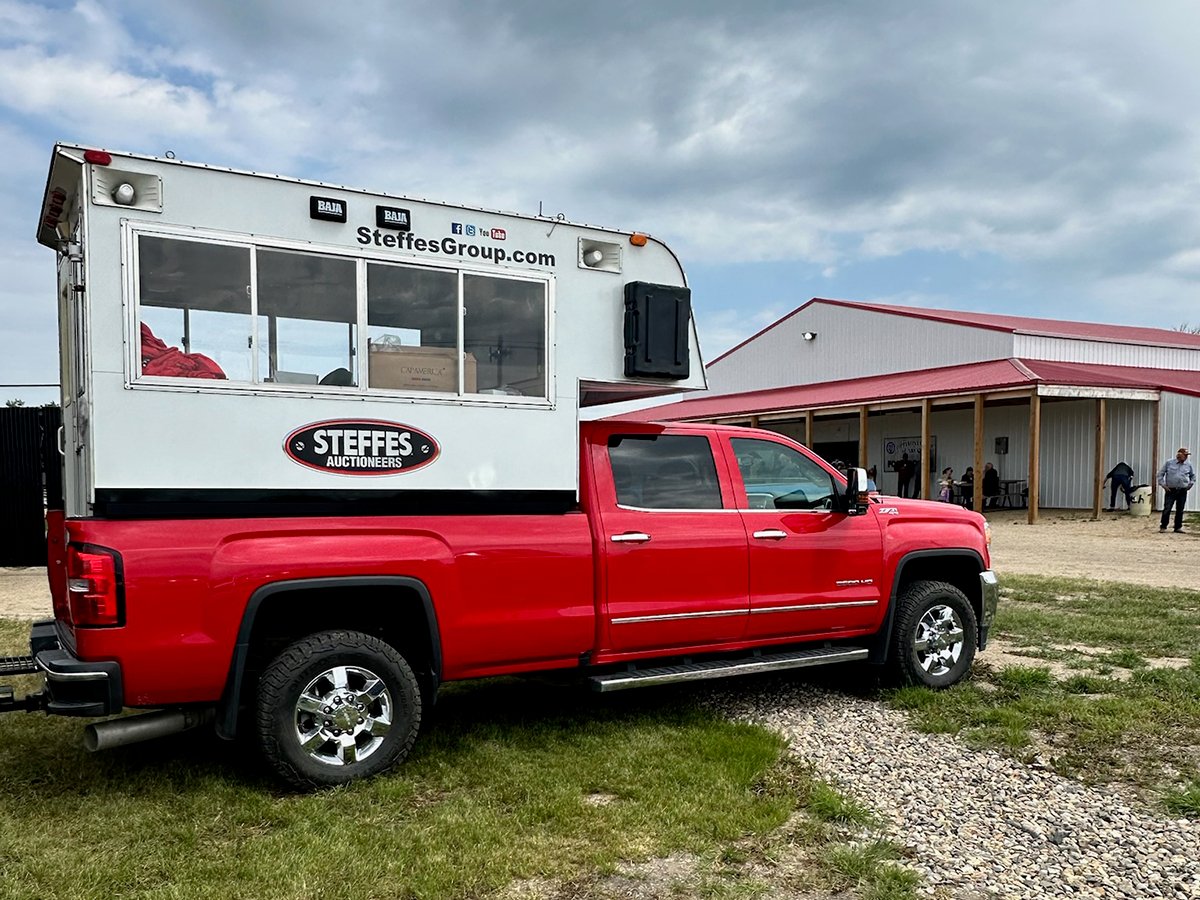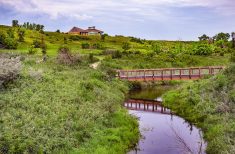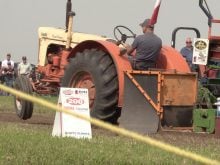Is there a level of farming activity required to demonstrate a real farming operation as opposed to a hobby?
This is one of the questions courts have asked in a series of recent Alberta farm bankruptcy cases. While bankruptcy rules are a matter of federal jurisdiction, those rules provide that property that is exempt from seizure by creditors under provincial law is also exempt from division by creditors of a bankrupt person.
Most provinces make special provision for farmers, and usually the homestead up to 160 acres is exempt from seizure in a bankruptcy.
Read Also

Farm auctions evolve with the times
Times have changed. The number of live, on-farm auctions is seeing a drastic decline in recent years. Today’s younger farmers may actually never experience going to one.
If one is not a farmer, the home quarter would not be exempt. Rather, the exemption for a residence would apply. In Alberta, the first $40,000 of a home is exempt under the Civil Enforcement Act.
F was an active farmer from 1974 until filing for bankruptcy in 2002, farming five quarters of land. He supplemented his income by driving bus and his wife worked for a credit union. In 2002, as a result of drought and grasshoppers, he decided to reduce his operation. He rented out three quarters to a family member. He decided not to fertilize the crop on the remaining two quarters and cut it down for feed to salvage something.
He got an off-farm job to pay off debts. His goal was to maintain the farm. At the time of the bankruptcy hearing in 2003, he indicated he intended to increase his farming activity in 2004.
The judge noted that the purpose of the exemptions legislation is to ensure that the home quarter and machinery are protected to allow continued farming operations. He noted that F was a longtime farmer and had every intention to return to farming once conditions improved. The judge also used the analogy of a grain farmer who works elsewhere in the winter. Even though he is working off the farm in winter, he is still a farmer. Therefore F was entitled to claim the farm exemption of 160 acres.
In another case, Ms L, a joint owner of a farming operation with her husband, left a full-time position in a local bank to work on the farm. In addition to bookkeeping, she tended and fed cattle and did other farm chores.
Unfortunately, the BSE crisis forced them into bankruptcy and Ms L returned to the bank. The judge noted that in the fall of 2003 at the time of bankruptcy, Ms L was engaged in full-time farming.
While she returned to banking, she continued to perform some farm duties and wished to continue farming. Her request for the farming exemption was recognized.
However, in S & S, the result was different. The husband and wife team was forced into bankruptcy as a result of the BSE crisis. They had to sell livestock, machinery and 40 acres of their 80 acre parcel in 2004.
While the S’s maintained that after filing for bankruptcy they were resuming their custom feeding operation, when the application was filed on Jan. 10, there was no ranching or farming activity. Hence, the judge denied them the farming exemption.
In the case of B, the farm exemption was denied to a person who was a trained engineer and spent time farming because he was not considered to be primarily a farmer.
While I have drawn on Alberta examples, the results and tests to determine who is a farmer would apply elsewhere.
Don Purich is a former practising lawyer who is now involved in publishing, teaching and writing about legal issues. His columns are intended as general advice only. Individuals are encouraged to seek other opinions and/or personal counsel when dealing with legal matters.














